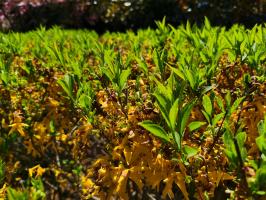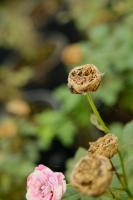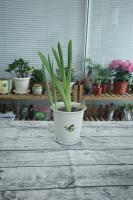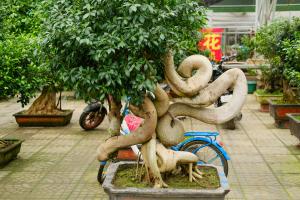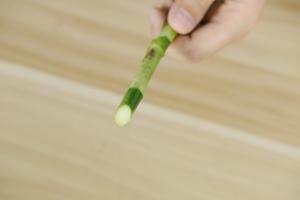Do Cortland Apple Trees Need to be Planted in Pairs?
When it comes to planting apple trees, many gardeners wonder whether they need to plant them in pairs. This question is particularly relevant to the Cortland apple tree, which is a popular variety known for its juicy, sweet fruit and excellent baking qualities. In this article, we will explore whether Cortland apple trees need to be planted in pairs and what factors you should consider when planting them in your garden.
The Science Behind Pollination
Before we can answer the question of whether Cortland apple trees need to be planted in pairs, we need to understand the science behind pollination. Apple trees, like most fruit trees, rely on pollination in order to produce fruit. Pollination occurs when the pollen from the male part of the flower (the stamen) fertilizes the female part of the flower (the pistil). This transfer of pollen can happen in a number of ways, such as by insects, wind, or birds.
When an apple tree is pollinated, the fertilized flower will develop into a fruit. However, not all apple trees are capable of self-pollination, meaning that they need a different apple tree planted nearby in order to produce fruit. This is because apple trees have developed genetic mechanisms that prevent self-pollination, which helps to ensure a diverse gene pool and healthy offspring.
Self-Pollinating vs. Cross-Pollinating Apple Trees
As mentioned above, not all apple trees are capable of self-pollination. Some varieties, such as the Cortland apple tree, require cross-pollination in order to produce fruit. This means that you will need to plant at least two different varieties of apple tree in your garden, preferably with overlapping bloom times, in order to ensure that both trees are pollinated.
However, there are also varieties of apple trees that are self-pollinating, meaning that they do not require another apple tree in order to produce fruit. These varieties are often called "self-fertile" or "self-fruitful" and include popular varieties such as the Granny Smith, Golden Delicious, and Jonathan.
Factors to Consider When Planting Apple Trees
When planting Cortland apple trees, there are several factors that you should consider in order to maximize your chances of a successful harvest. Firstly, you should choose a planting location that receives plenty of sunlight and has well-draining soil. Apple trees prefer slightly acidic soil with a pH of around 6.0-6.5.
You should also consider the planting distance between your apple trees. In general, apple trees should be planted between 10-15 feet apart in order to give them enough space to grow and spread their roots. If you are planting multiple varieties of apple trees, you should aim to plant them at least 50 feet apart in order to reduce the risk of cross-pollination with other apple varieties.
Finally, you should consider the timing of your apple tree planting. Spring is generally the best time to plant apple trees, as they will have the entire growing season to establish themselves before winter arrives. However, you can also plant apple trees in the fall as long as you do so well before the first hard frost of the season.
Conclusion
In summary, if you are planting Cortland apple trees, you will need to plant at least two different varieties in order to ensure successful pollination and fruit production. However, if you choose to plant self-pollinating apple trees, such as the Granny Smith or Golden Delicious, you will not need to plant pairs in order to produce fruit. Whichever variety you choose, it is important to choose a planting location with plenty of sunlight and well-draining soil, and to space your apple trees appropriately in order to give them room to grow and thrive.

 how many times do yo...
how many times do yo... how many planted tre...
how many planted tre... how many pine trees ...
how many pine trees ... how many pecan trees...
how many pecan trees... how many plants comp...
how many plants comp... how many plants can ...
how many plants can ... how many plants and ...
how many plants and ... how many pepper plan...
how many pepper plan...